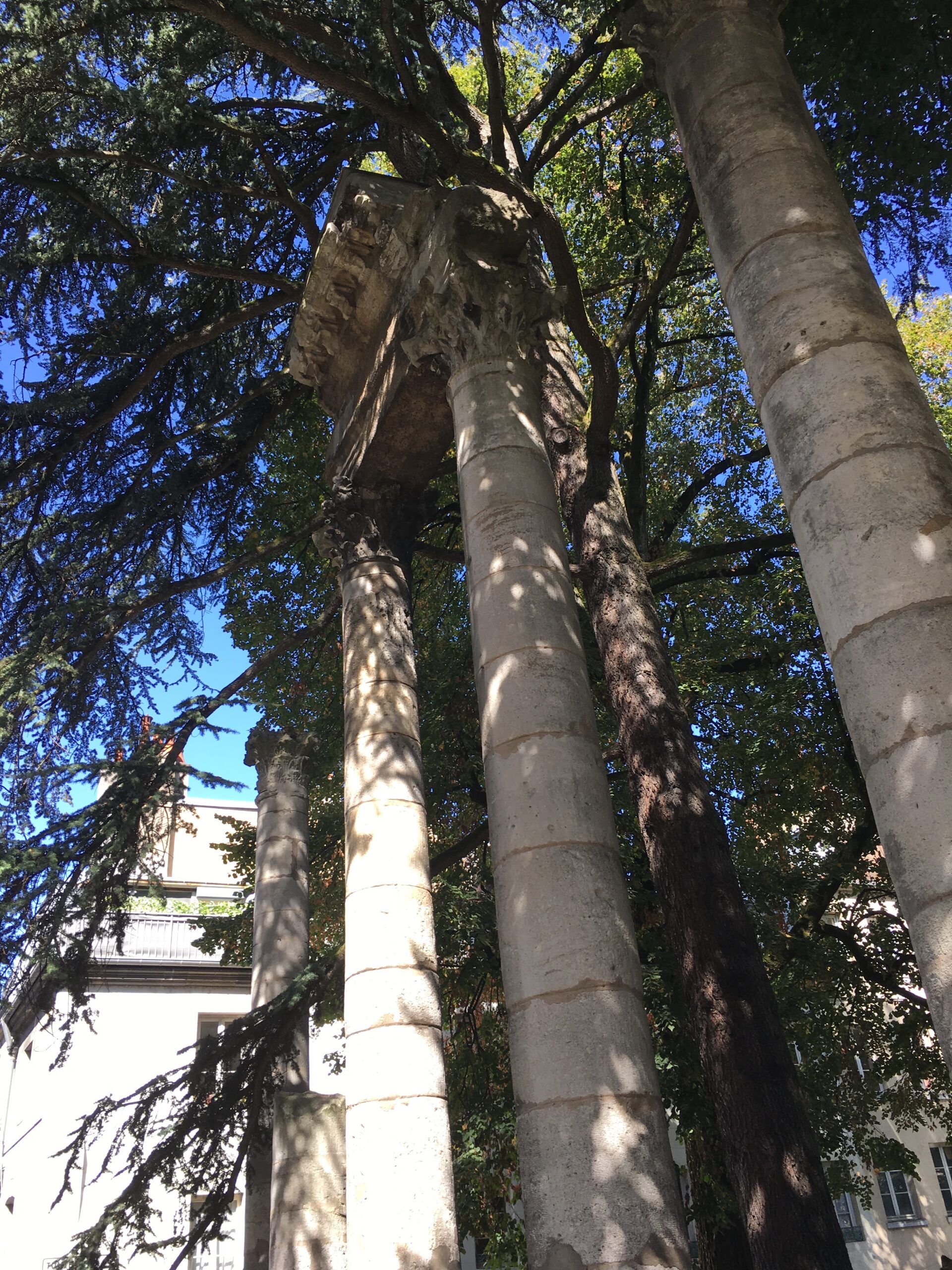This research cluster focuses on the study of empires, colonialism, and imperialism across time periods and regions in world history. The cluster views empires through histories of failure, subversion, limits, and anxieties that challenge metropole-periphery or hub-spoke frameworks. Faculty in this cluster study subjects that shed light on the ways in which empire was an effect of such histories without underestimating the ability of empires to mobilize violence and coercion for different ends. Themes that connect our work include justice and normativity, gender and power, rituals and affect, veneration and devotion, and multispecies relations and cultural plurality. Across these themes, we foreground questions of contingency, the unmaking of empires, the formation of archives and their ability to shape history, the insubordination and the constitutive role of colonial subjects, the role of race and difference, and the dynamic relations of scale where the local constantly interrupts and refashions the imperial. Collectively, the cluster explores methods from social and cultural history, anthropology and law, and archaeology to help center the unevenness and elasticity of imperial order and the knowledge of experiencing imperial rule.
The cluster meets at least once a quarter to discuss field-shaping interventions, workshop ongoing scholarly projects, and connect themes across scholarship on different empires and their relationship to authority and colonization.
Faculty:
Beth Digeser’s work focuses on the third- and fourth-century CE Roman Empire. She is interested in mapping, space and place, materiality, the long ripple-effects of Roman patriarchy, and experimental non-fiction.
Ya Zuo is interested in empires in two contrasting temporalities: one, in their twilight phase, as an imperial legacy undergoes dissolution (Song China, 960-1279), and the other, in their nascent stage, when a colonial entity begins the gradual process of institutionalization (Mongol Yuan, 1279-1368). Zuo is captivated by how Chinese and neighboring Eurasian peoples negotiated their identities and relations in affective terms within the contexts of declining or emerging empire, and the circulation of foods across multiethnic spaces in eastern Eurasia.
Juan Cobo Betancourt’s work focuses on the indigenous peoples of the Northern Andes under Spanish colonial rule (16th-17th centuries). He is interested in the intersection of empire with law, language, and religion.
Utathya Chattopadhyaya’s research focuses on the British Empire and imperialism in South Asia and the rest of the world (18th-20th centuries) with a focus on how practices of empire were effects of collisions between different human and nonhuman species, more-than-human forces, and frictions between imperial ambitions and failures.

